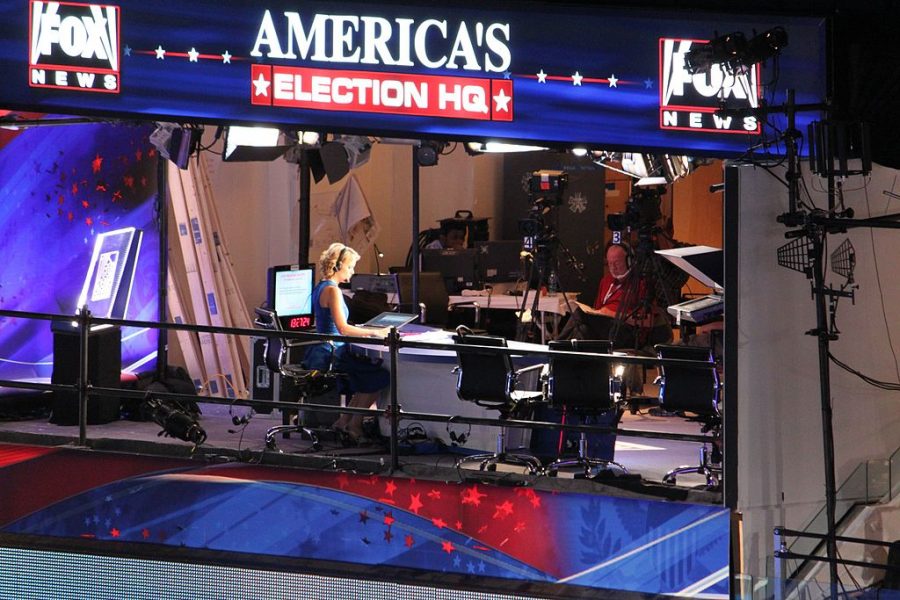Media publications should be transparent on how elections are called
November 12, 2021
As the mayoral race in New York City came to a close, many media publications made the call that Democratic nominee Eric Adams won a mere 10 minutes after polls closed.
These projections proved to be true as the ballot tally officially finished, but the swift announcement from the media is confusing and concerning, especially when not many people know how election calling works.
Speed and accuracy are two pillars of journalism that crash into one another on Election Day. Calling an election first is vital, but being inaccurate has a more detrimental impact.
To balance this, many publications have a whole team dedicated to election reporting and predicting. These teams call elections correctly and quickly a majority of the time, but their methods are still mysterious.
Some organizations have increased transparency on how their processes and standards work.
John Lapinski, the director of the Elections Unit at NBC News, said that they “will project an individual race when it is at least 99.5% confident a candidate has won.”
At Fox News, a “voter x-ray” forecasts how an election will turn out before polls even open. This involves “a combination of a phone and internet poll across the country in the days before
an election,” Arnon Mishkin, the director of the Fox News Decision Desk, told Insider.
Practices like these aren’t always clear for citizens as they watch areas on maps turn red or blue on Election Day. So, when publications call an election early, it’s understandable why some people question the validity of such claims.
This can breed media distrust, which continues to grow as issues over alternative voting methods and swing states continue to take center stage in elections.
This distrust is also not new. Media publications have wrongly called elections before despite the dedicated teams and methods.
NBC, CBS, ABC and CNN said that Democratic nominee Al Gore would win Florida during the 2000 presidential election, only for the state to be ruled as a win for George W. Bush by the Supreme Court.
An infamous photo of President Harry S. Truman holding a copy of the Chicago Daily Tribune with the headline “DEWEY DEFEATS TRUMAN” the day Truman won displays how predictions fail and how bias can seep into election calls.
In the current climate where less than 29% of citizens say they trust the news, any opportunity that can foster distrust must be avoided.
Seeing media publications claim they know who won an election minutes after polls close can put them in a vulnerable situation that generates distrust if more people are left in the dark about the processes and standards reporters follow.
Greater transparency on how media publications call an election accurately can encourage civic engagement and build more trust between citizens and the media they consume.







